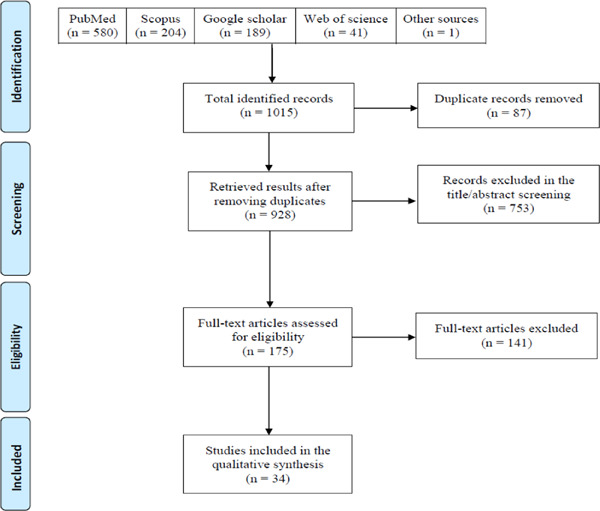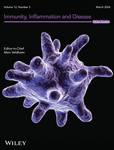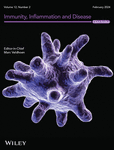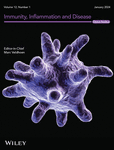Editor-in-Chief Dr. Marc Veldhoen, Institute for Molecular Medicine, University of Lisbon, Portugal
About This Journal
Meet the Editor

Marc Veldhoen studied Medical Biology at Utrecht University, and then moved to National Institute for Medical Research (Mill Hill), UK. From 2010 to 2016 he was a group leader at the Babraham Institute in Cambridge, UK. He was awarded a prestigious ERC consolidator grant and was selected for the European Molecular Biology Organisation young investigator programme. In 2016 he moved to the Instituto de Medicina Moledular (iMM) in Lisbon, Portugal as the European Research Area chair. Where from 2018 he took up a position as professor of basic immunology at the Faculty of Medicine, University of Lisbon. His lab focus is T cell biology, with wide ranging interests from development and activation to differentiation, maintenance and metabolism. He made seminal contributions to CD4 T cell biology, such as the differentiation of Th17 and Th9 cells, and the role of the arylhydrocarbon receptor (AhR) in T cell biology. A large part of the lab is now dedicated to tissue resident T cells and the mechanisms that control their development, maintenance and activation. The clinical benefits are targeting the prevention of undesirable immune responses that may result in chronic infections, allergies and autoimmunity as well as strengthening our own immune responses against infection, such as using vaccination, as well as against tumours.
Articles
Clinical characteristics, laboratory findings, and tolerance acquisition in infants with cow's milk protein allergy in a private center in Lima, Peru for the period 2021–2022
- 26 April 2024
Knockdown of TOP2A suppresses IL‐17 signaling pathway and alleviates the progression of ulcerative colitis
- 25 April 2024
Graphical Abstract

Hub gene TOP2A was screened by bioinformatics analysis, which was associated with UC progression. Through in vivo and in vitro assays, Knockdown of TOP2A promoted proliferation and inhibited inflammation in UC, thereby alleviating UC development. Moreover, knockdown of TOP2A inhibited interleukin-17 pathway in UC.
Vogt–Koyanagi–Harada disease after SARS‐CoV‐2 infection: Case report and literature review
- 25 April 2024
Maternal awareness, acceptability and willingness towards respiratory syncytial virus (RSV) vaccination during pregnancy in Ireland
- 25 April 2024
Graphical Abstract

A study of maternal awareness, acceptability and willingness towards antenatal respiratory syncytial virus (RSV) vaccination in Ireland showed low levels of awareness of RSV but an openness to this approach to protect infants. Collaborative working will be required to raise awareness and facilitate maternal vaccine uptake, as part of a life-course immunization strategy.
Immunocompromised individuals are at increased risk of COVID‐19 breakthrough infection, hospitalization, and death in the post‐vaccination era: A systematic review
- 25 April 2024
Graphical Abstract

We conducted a systematic review which aimed to provide a summary of current clinical evidence of the effectiveness of COVID-19 vaccination in the immunocompromised population. Our findings demonstrated that immunocompromised patients remained at high risk of breakthrough infection and severe COVID-19 outcomes compared with the general population. This demonstrated that vaccination does not offer an adequate level of protection in these groups, necessitating further measures such as Evusheld and further boosters.
The following is a list of the most cited articles based on citations published in the last three years, according to CrossRef.
Association between HLA gene polymorphisms and mortality of COVID‐19: An in silico analysis
- 684-694
- 13 October 2020
Graphical Abstract
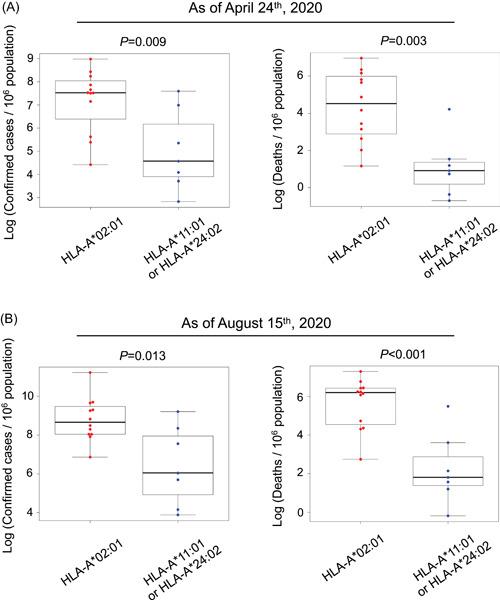
We conducted in silico analyses and examined an association of HLA gene polymorphisms with prevalence and mortality of COVID-19 by using publicly available databases. We found that the association between HLA-A*02:01 and increased risk for COVID-19 is probably due to the lower capacity of the genotype to present SARS-CoV-2 antigens. Our study suggests that identifying the HLA genotype associated with the severity of COVID-19 or susceptibility to SARS-CoV-2 may support future vaccination strategies to genotypically at-risk populations.
Does COVID‐19 contribute to development of neurological disease?
- 48-58
- 17 December 2020
Graphical Abstract
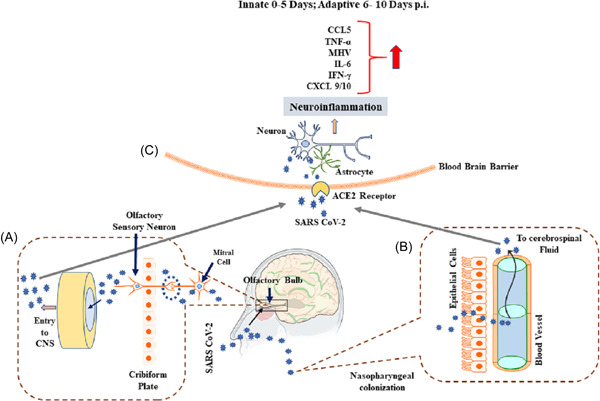
This review correlates present clinical manifestations of coronavirus disease 2019 patients with possible neurological consequences. Recent studies suggest that activated glial cells contribute to neuroinflammation and the devastating effects of severe acute respiratory syndrome coronavirus 2 infection on the central nervous system.
Inflammation initiates a vicious cycle between obesity and nonalcoholic fatty liver disease
- 59-73
- 17 December 2020
Graphical Abstract
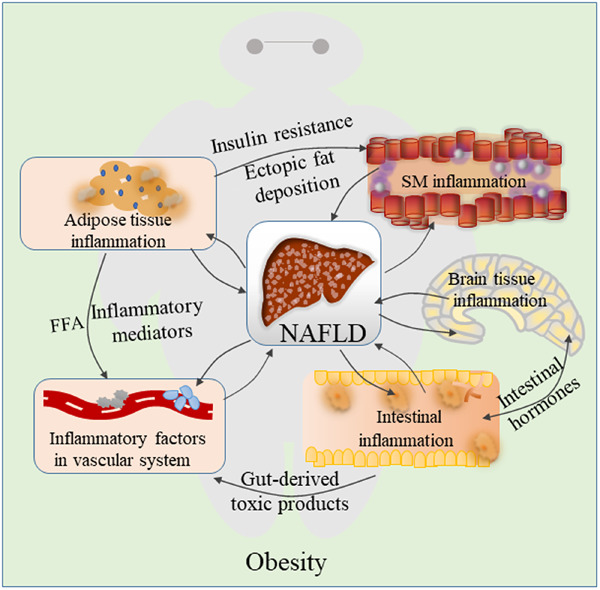
Obesity plays a vital role in the development of associated nonalcoholic fatty liver disease by affecting several inflammatory reactions via adipose tissue, vascular, intestinal, skeletal muscle, and brain, this process is associated with adipose tissue inflammation, inflammatory factors in the blood, intestinal inflammation, skeletal muscle inflammation, and brain tissue inflammation.
Group 2 innate lymphoid cells are elevated and activated in chronic rhinosinusitis with nasal polyps
- 233-243
- 19 April 2017
Graphical Abstract
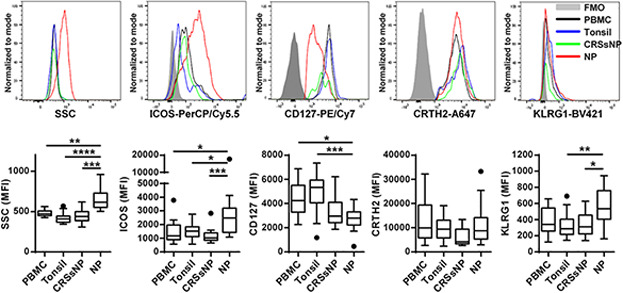
ILC2s were elevated in CRSwNP and expressions of inducible T-cell co-stimulator (ICOS) and CD127 in ILC2s were altered in CRSwNP compared to blood or tonsil ILC2. In addition, sorted CRSwNP ILC2 but not blood ILC2 spontaneously released type 2 cytokines including IL-5 and IL-13. These results suggest that ILC2s are not only elevated but also activated in CRSwNP in vivo.
The relationship between COVID‐19 viral load and disease severity: A systematic review
- 13 December 2021
Latest news
Recent issues
- Volume 12, Issue 4April 2024
- Volume 12, Issue 3March 2024
- Volume 12, Issue 2February 2024
- Volume 12, Issue 1January 2024
Lorem ipsum dolor sit amet, consectetur adipiscing elit. senectus et netus et malesuada fames ac turpis egestas. commodo vitae, ornare sit amet, wisi. Donec non enim in turpis pulvinar facilisis.
- Lorem ipsum dolor sit amet, consectetuer adipiscing elit.
- Aliquam tincidunt mauris eu risus.





